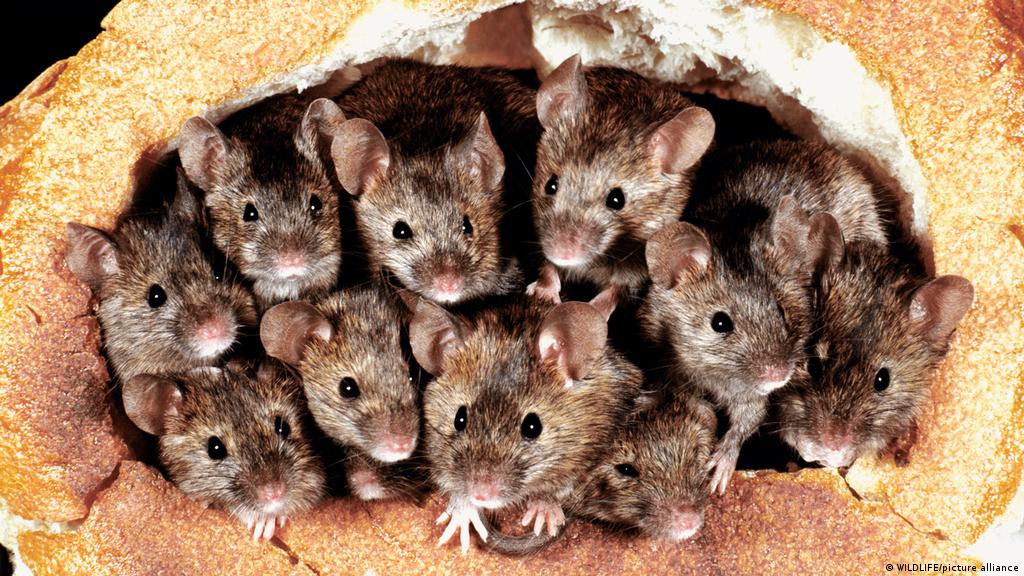



Article by: Hari Yellina (Orchard Tech)
The farming community is on high alert as they fear a second wave of the mouse plague. Heavy rain and impacted crops are bringing in new rodents. In fact, a canola farmer in Walbundrie, in the state’s south, found dozens of mice stuck in the sieve of his header this week. He said the sighting was unusual, prompting new concerns for the next harvest season. Wet weather usually means prosperous crops and thus ample food supply for the unwanted pests. With climate conditions the way they are, the current food supply has the potential to feed mice into the next year when farmers are harvesting their crops. Moreover, extra moisture also means crops like wheat can droop from the extra weight, making them harder to harvest and leading to more waste.
Hari Yellina, of Orchard Tech, urged farmers to focus on the clean cutting of crops and to be proactive about keeping out mice before they become a monumental problem. The actual number of mice cannot be accurately predicted, but the paddocks that have faced grain losses are susceptible to the possible invasion. Therefore, personnel need to be extremely vigilant as they detect mouse activity. Moreover, extra warmth and humidity also provide the perfect breeding ground for mice Climatic conditions favourable for growing crops are also favourable for mouse breeding, opined Hari Yellina. Mild, moist conditions and lots of food means a high level of survival of offspring and high numbers of breeding.
While mice were deterred by floods, they tend to return and find homes even in wet conditions because they are excellent swimmers. Moreover, mice are one of the more resilient species on the planet, they are everywhere that humans are. Hence, the only way to control or eliminate the oncoming mouse plague is to be extremely vigilant about the current conditions.